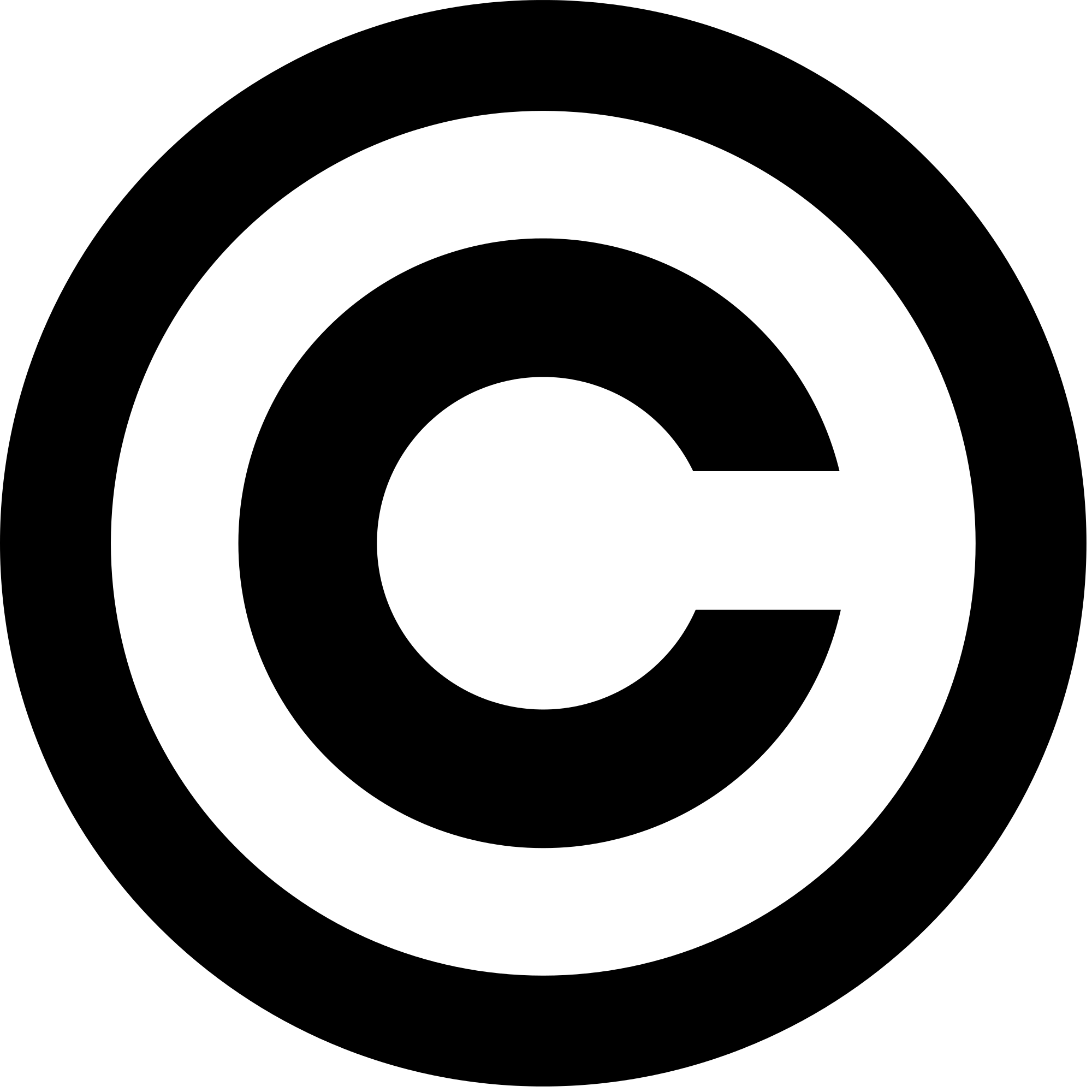With more of our lives enwrapped online and people using it for both business and personal needs, It can certainly seem like the wild west when it comes to rules and regulations. People ask questions about what kinds of topics are appropriate to address, how to engage others with different viewpoints, and even limiting certain types of speech that should and should not be allowed on open platforms. Being that we are in an educational environment, I thought it pertinent to address specifics on how students need to approach using resources from the internet. With the abundance of media available, you have to know which types are being used and for what purposes. My intent is to ensure that students, parents, and administration know what is allowable to use certain media in school work and what could possibly lead to litigious situations. We will begin with some introduction to common terminology and make our way towards how student and teacher use can be applied.
To summarize, this blog should be a space where people can come if they every have questions on how to go about using works that you research. One free tidbit that has helped me is to use Google's Advanced Image Search and under "usage rights", click on free to use or share. The images will be made available that do not violate any use laws and you can comfortably know you are staying compliant. I look forward to having people reach out and making sure we navigate this new digital space.
DISCLAIMER: This blog is an assignment for an educational technology course at National University.
Copyright Law
Any content that is copyrighted either by an individual or business full oy owns that property as it's own. As stated on the Chron website, "Other people are restricted from using the work without the permission of the copyright holder except under very limited circumstances. If you violate the rights of a copyright holder, you might be sued for copyright infringement." Misuse of someone else's copyright can also lead to damages payment, lawyer and attorney fees, and even civil punishment that can lead to very significant financial penalties. There are some things that cannot be copyrighted such as choreography, expressions, and commonly known information.
Fair Use Law
When talking about copyright, there are legal parameters that allow people to use copyrighted material. Fair Use law "promotes freedom of expression by permitting the unlicensed use of copyright-protected works in certain circumstances." Specifically, people can use it for criticism, news reporting, teaching, and other uses.
Teacher Implementation
Knowing the law in regards to reproduction of material for students is very important for educators. The list below details what teachers can use in an educational setting:
- Printed Material
- Photogrpahy
- Video
- Music
- Internet
- Television
Student Use
When students are working on projects and reports for school, there are several factors that a student needs to consider to determine if use is allowable. Considerations include:
- What is the purpose of the use?
- What is the nature of the copyrighted work?
- How much of the work will be used?
- What is the after market effect on the original work of the use?
Plagiarizing vs Paraphrasing
To avoid any sort of legal ramifications, it is always best to cite sources and give full credit to the original work. If you ever use specific word or words, you use quotation marks and cite the author. The Writer's Handbook says that "Even if you use your own words, if you obtained the information or ideas you are presenting from a source, you must document the source."
Conclusion
To summarize, this blog should be a space where people can come if they every have questions on how to go about using works that you research. One free tidbit that has helped me is to use Google's Advanced Image Search and under "usage rights", click on free to use or share. The images will be made available that do not violate any use laws and you can comfortably know you are staying compliant. I look forward to having people reach out and making sure we navigate this new digital space.
DISCLAIMER: This blog is an assignment for an educational technology course at National University.

Comments
Post a Comment